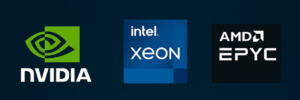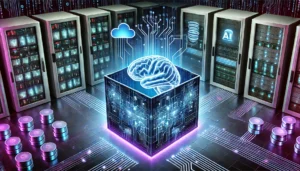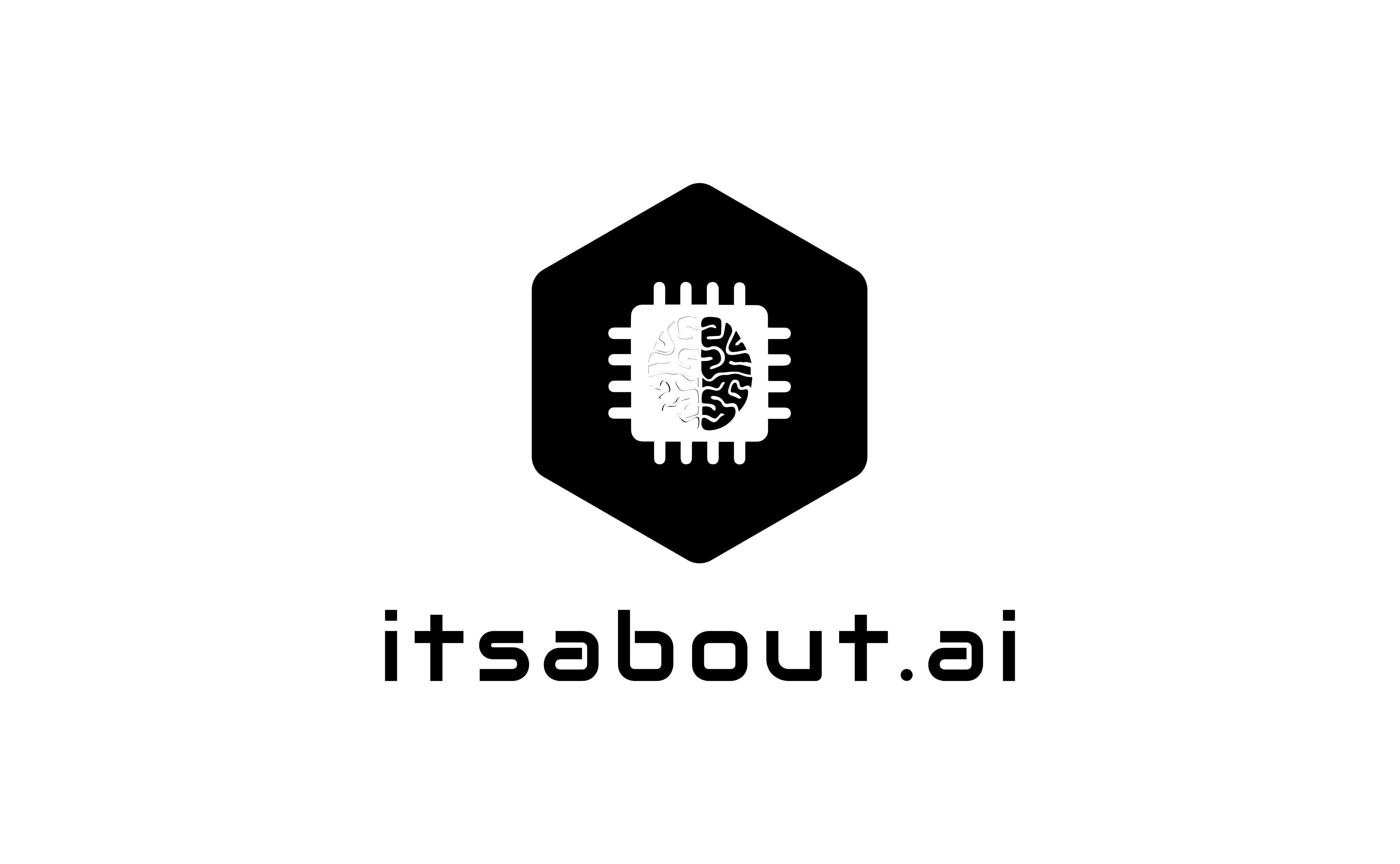In recent years, the crypto “energy crisis” sparked global alarm. Bitcoin mining alone consumed roughly 0.4% of global electricity, and crypto‑mining + data centers already made up about 2% of world demand in 2022 [1]. But now, AI workloads—particularly generative and large‑language‑model (LLM) operations—are poised to make an even bigger dent in our energy systems […]

Not long ago, I wrote about why Retrieval-Augmented Generation (RAG) is such a pivotal architecture in modern AI workflows, particularly when compared to fine-tuning and training from scratch. The core argument was simple: RAG enables models to stay up-to-date, grounded, and efficient without massive retraining costs. It was (and still is) a pragmatic solution to […]

As AI adoption accelerates across industries, the choice of hardware becomes critical in optimising performance and efficiency. While NVIDIA AI accelerators like the H100, H200, and the recently announced B200 are leading the charge in AI workloads, their performance is not determined by the GPU alone. The CPU plays a crucial role in maximising throughput, […]

Artificial Intelligence (AI) is transforming industries, but deploying AI workloads efficiently remains a challenge. Many organisations look to virtualisation to maximise resource utilisation, improve security, and streamline AI infrastructure management. This blog explores how to deploy AI workloads in virtualised environments using VMware Virtualised vSphere for AI (VVF), Private AI on VMware Cloud Foundation (VCF), […]
